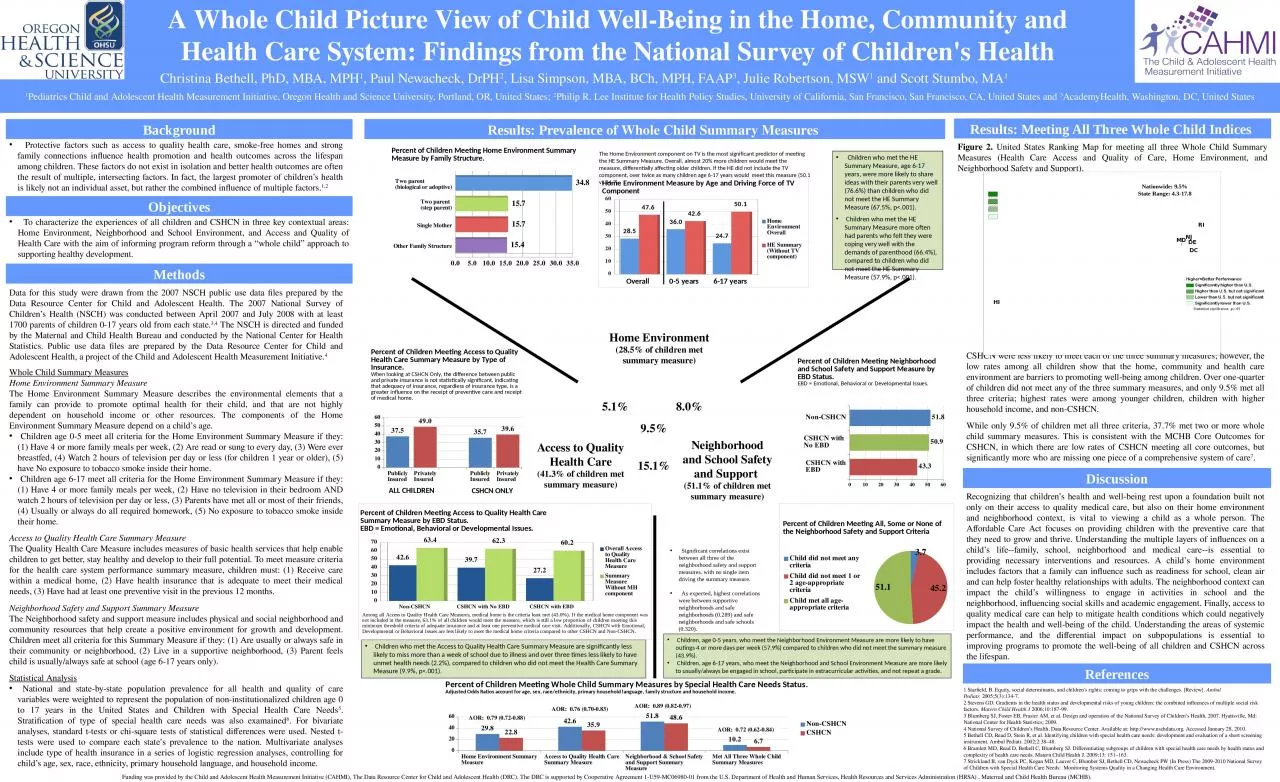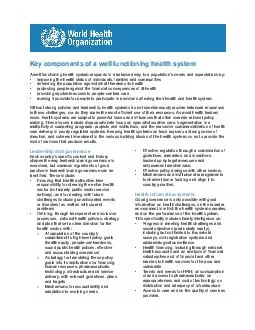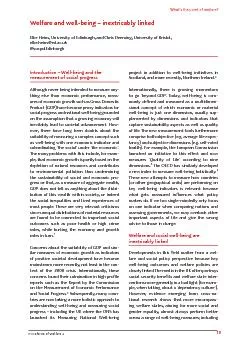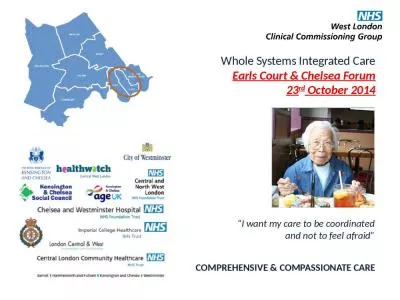PPT-A Whole Child Picture View of Child Well-Being in the Home, Community and Health Care
Author : megan | Published Date : 2024-01-29
Christina Bethell PhD MBA MPH 1 Paul Newacheck DrPH 2 Lisa Simpson MBA BCh MPH FAAP 3 Julie Robertson MSW 1 and Scott Stumbo MA 1 Protective factors such as
Presentation Embed Code
Download Presentation
Download Presentation The PPT/PDF document "A Whole Child Picture View of Child Well..." is the property of its rightful owner. Permission is granted to download and print the materials on this website for personal, non-commercial use only, and to display it on your personal computer provided you do not modify the materials and that you retain all copyright notices contained in the materials. By downloading content from our website, you accept the terms of this agreement.
A Whole Child Picture View of Child Well-Being in the Home, Community and Health Care: Transcript
Download Rules Of Document
"A Whole Child Picture View of Child Well-Being in the Home, Community and Health Care"The content belongs to its owner. You may download and print it for personal use, without modification, and keep all copyright notices. By downloading, you agree to these terms.
Related Documents














